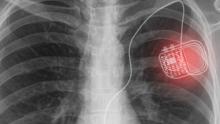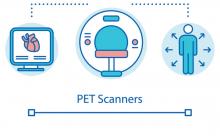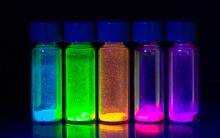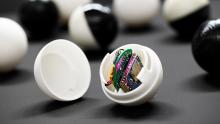
Materials used in medical implants such as pacemakers and insulin pumps can be hazardous to the body. The EU-funded BISON project seeks an alternative in self-assembling peptide building blocks. These biological electronics offer citizens safer implants that could be powered by the body itself.









